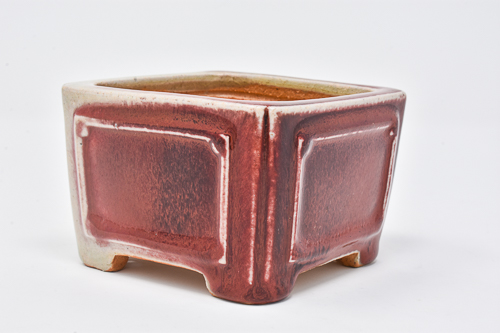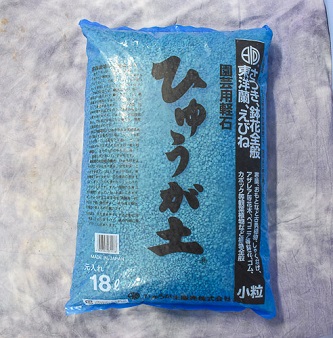SHOHIN BONSAI KEYPOINTS
What are Shohin bonsai–
- Shohin bonsai are typically under 10 inches from the soil to the top of the tree.
- Mame bonsai, a sub-category of shohin, are bonsai under 4 inches from the soil to the top of the tree.
- More about feel. Trees should be physically small and express the feeling of a small bonsai.
- Shohin focus more on seasonal beauty (flowering, fruiting, and colorful trees) as well as harmony, subtlety, and balance.
- Shohin are freer, and more abstract, than larger bonsai but a natural feeling is still important.
Shohin history-
- Mention of potted trees in china dates back to at least 206 B.C.
- These potted trees made their way to Japan somewhere between 1180-1333 A.D. and thus bonsai was born in Japan.
- Though the art of shohin bonsai dates back roughly a hundred and fifty years, popular interest in shohin didn’t begin until 1968.
- Interest in shohin made its way to the west shortly thereafter in the 1970’s.
- Today shohin bonsai are extremely popular and offer several benefits over larger trees.
Shohin Pros:
- Take up less space
- Are easier to move and transport
- Development is faster
- Younger material may be used convincingly
- Less apt to be overwatered
Shohin Cons:
- Arguably lacks the impact of larger trees
- Special horticultural considerations
- Much more delicate and unforgiving
- Less room for error
- Often compromises must be made due to small size – such as branch placement
Material-
- Air Layer’s
- Cuttings
- Small/young nursery stock
- Larger trees that may lack taper or interest higher in the tree
- Species with small leaves
- Species that ramify well with fine branching and twigging.
- Tropicals are ideal as they tolerate hard pruning.
Tips for creating convincing Shohin-
- Shohin have fewer branches so proper selection of the branches is important.
- Typically, a strong taper ratio in both trunks and branches is desired.
- Informal, and semi-cascade are styles that are most common and compliment the shohin feel.
- “clump” style shohin and even small forests can be made into convincing shohin.
- Nebari is not AS important in shohin, and may be little more than a small flare at the base.
Shohin Containers-
- As in all bonsai, drainage is most important in selecting a container.
- Shohin pots can be a lot more expressive and colorful, but care should be taken not to overpower the tree
- Pot should be in harmony with the tree and composition as a whole.
- Special horticultural considerations should be made due to the small soil mass. Ex. Placing into tray of sand, or keeping in the shade.
Shohin Display-
- Displayed in compositions of two or more trees
- Often a formal, less eccentric tree sits at the top of the display. Typically a pine or juniper
- Trees should be all different species varying color, texture and shape.
- Pots should also vary in color, shape, and design.
- Display should have a “Flow” or Rhythm. Typically the flow is circular and continuous
By- Mike Lane




